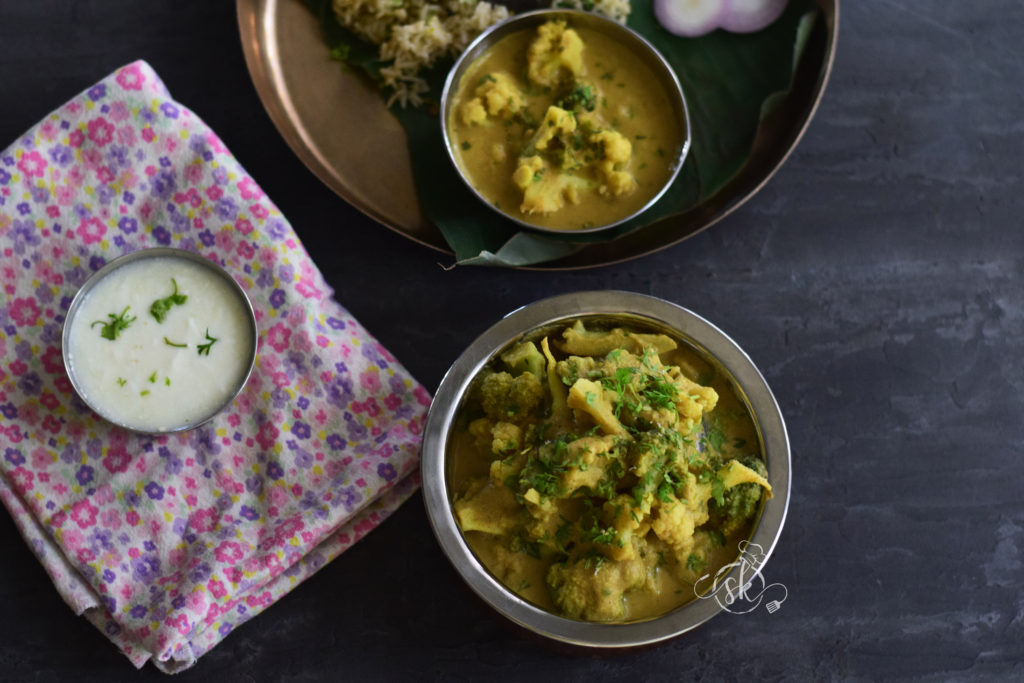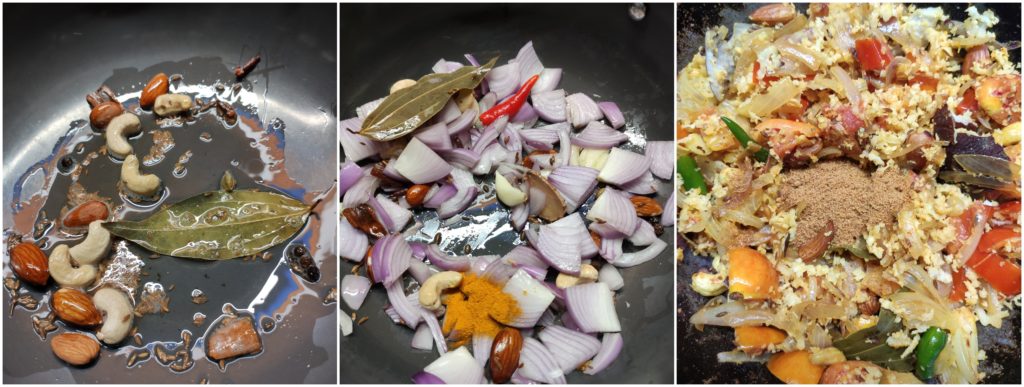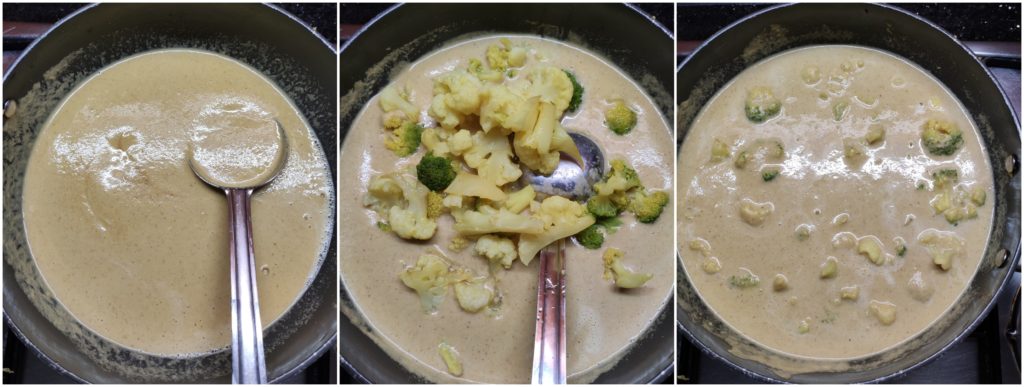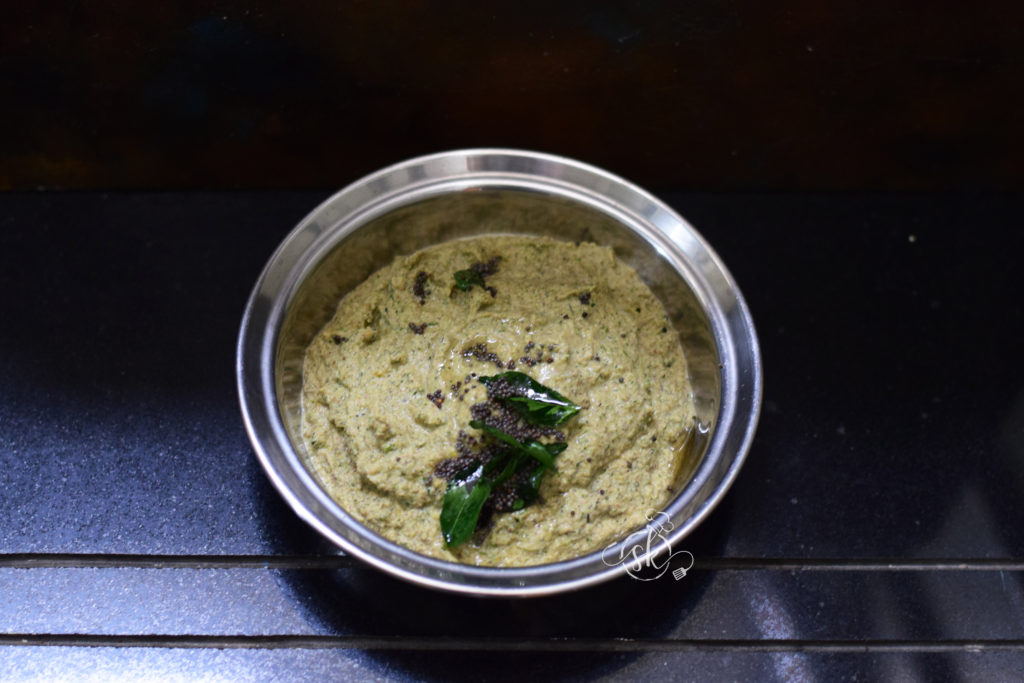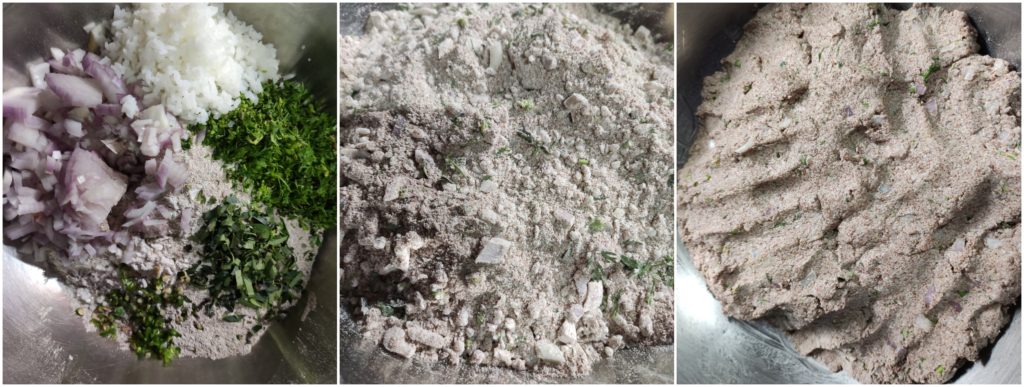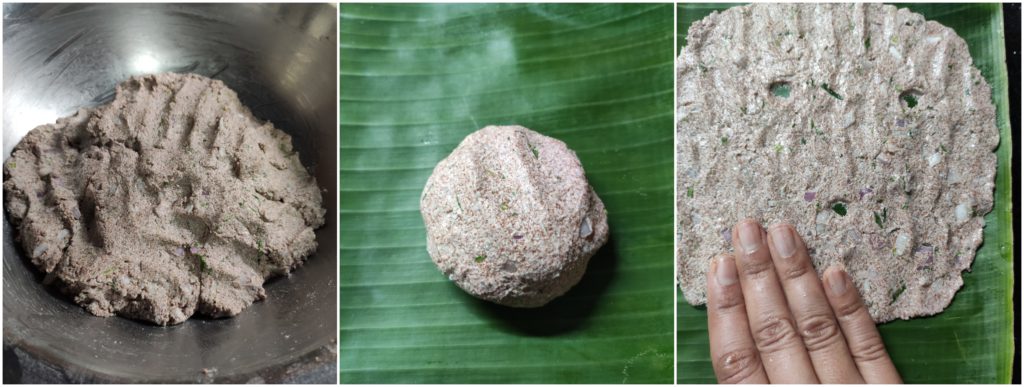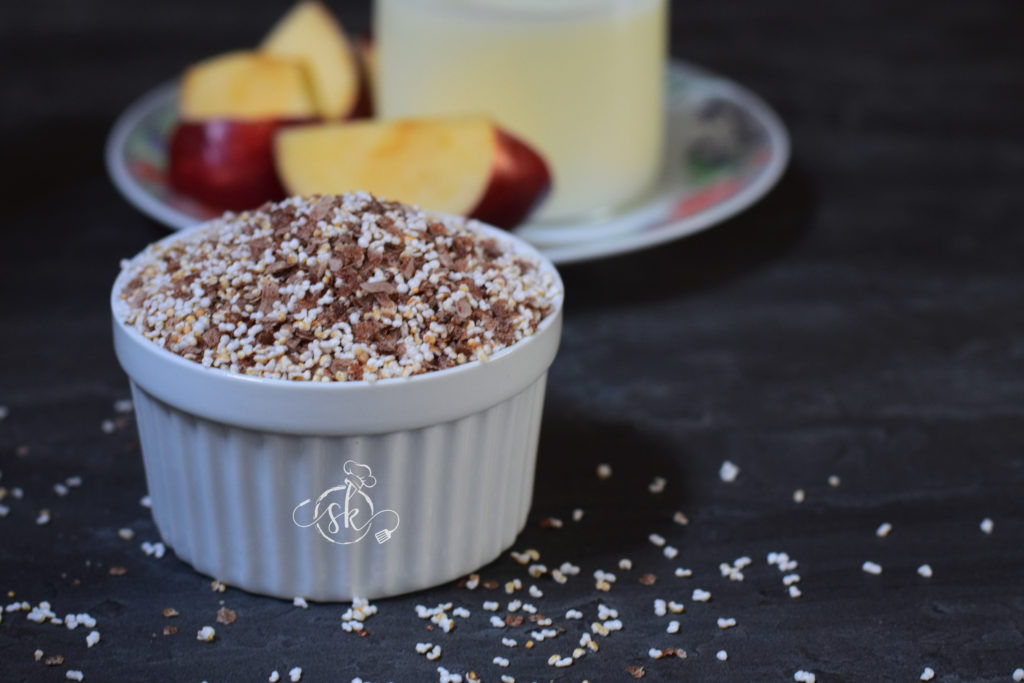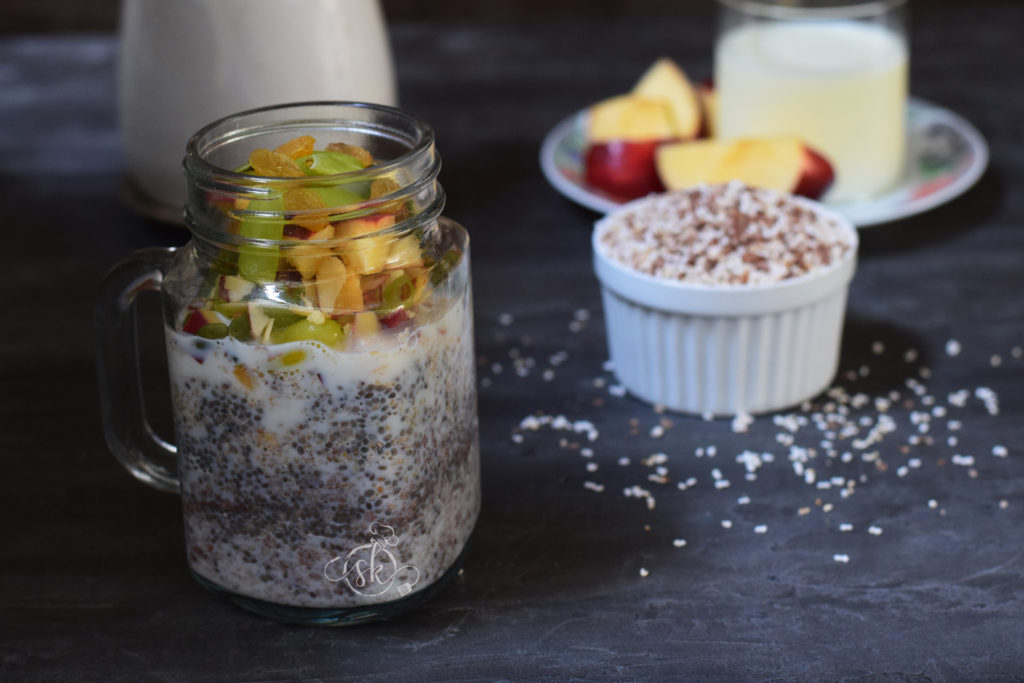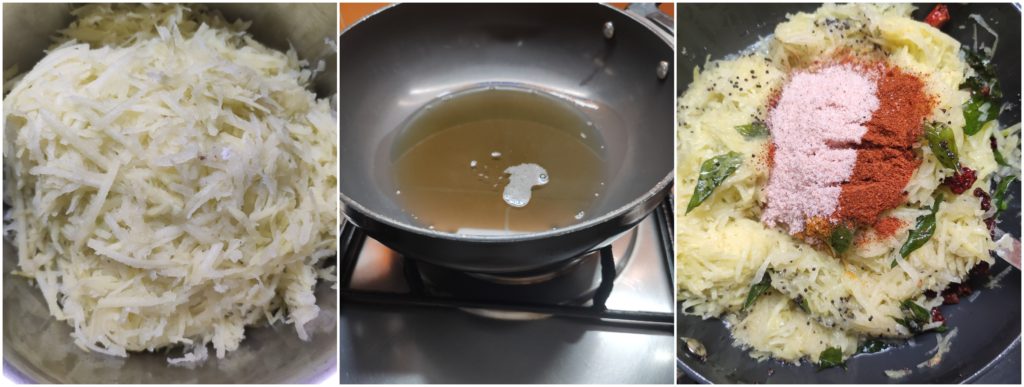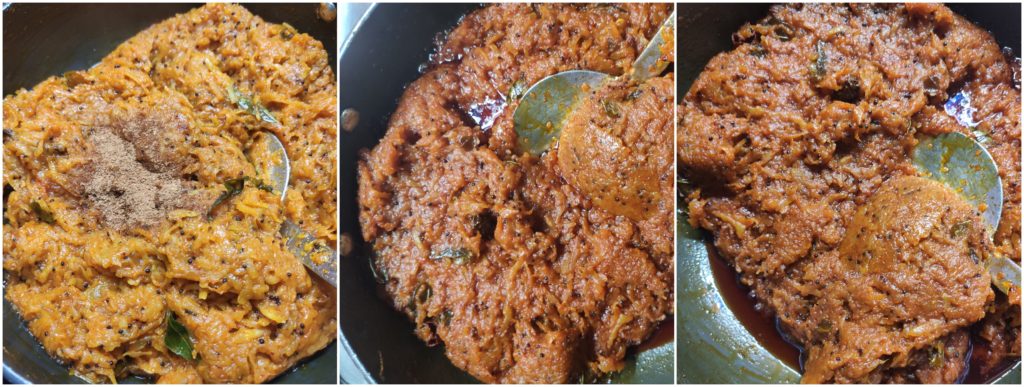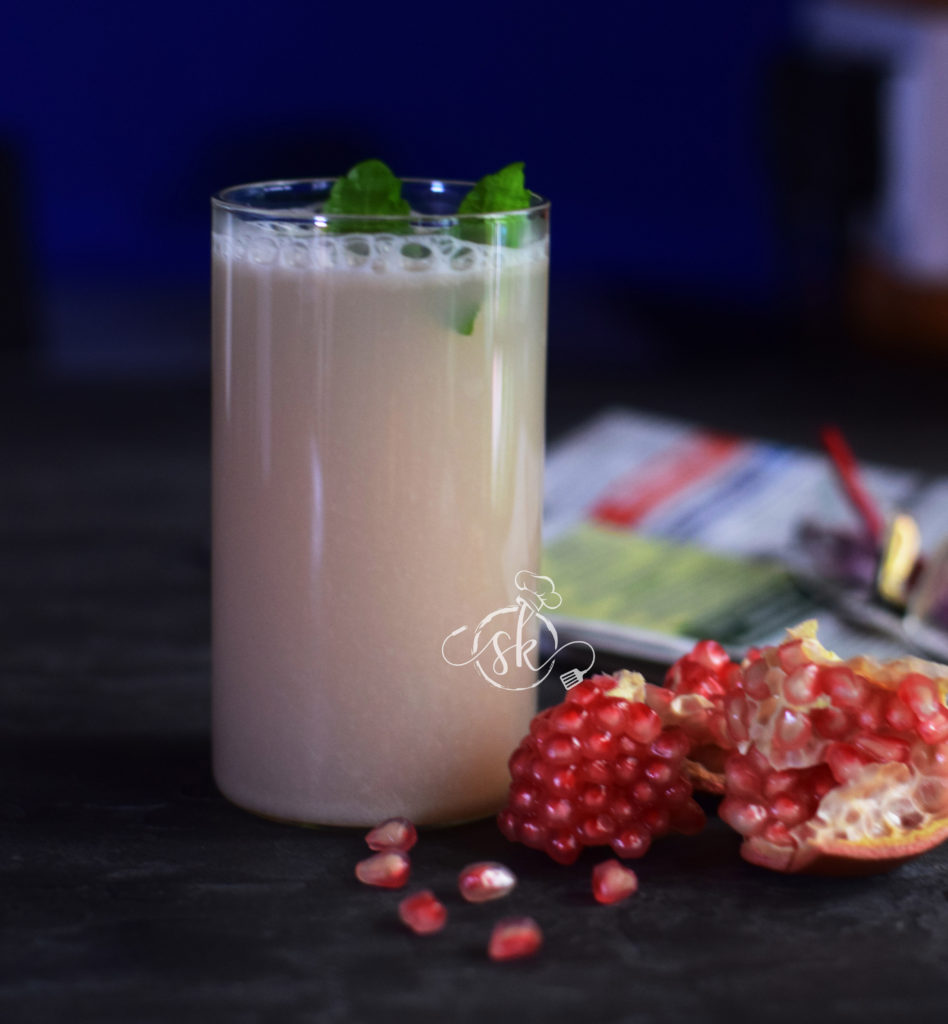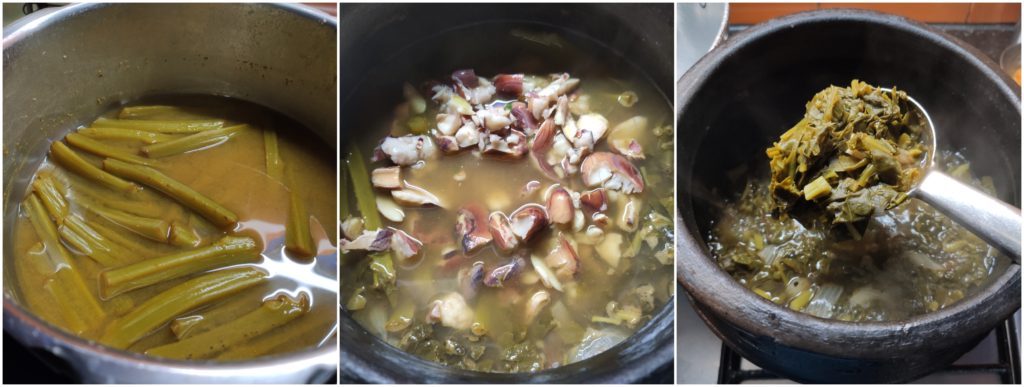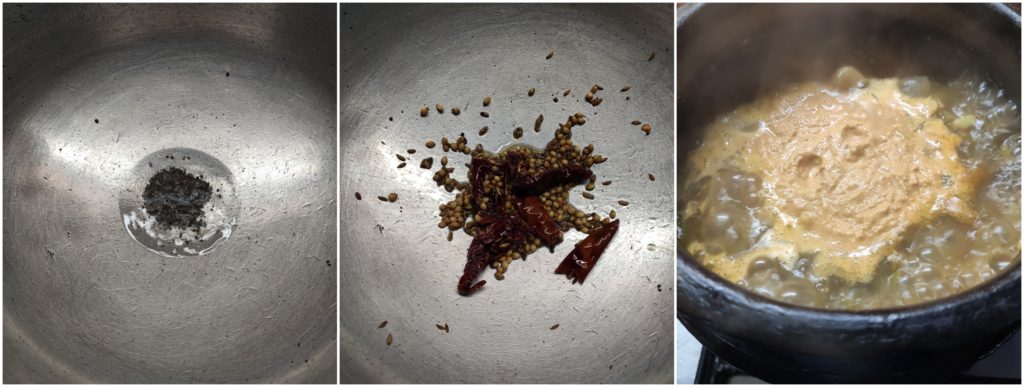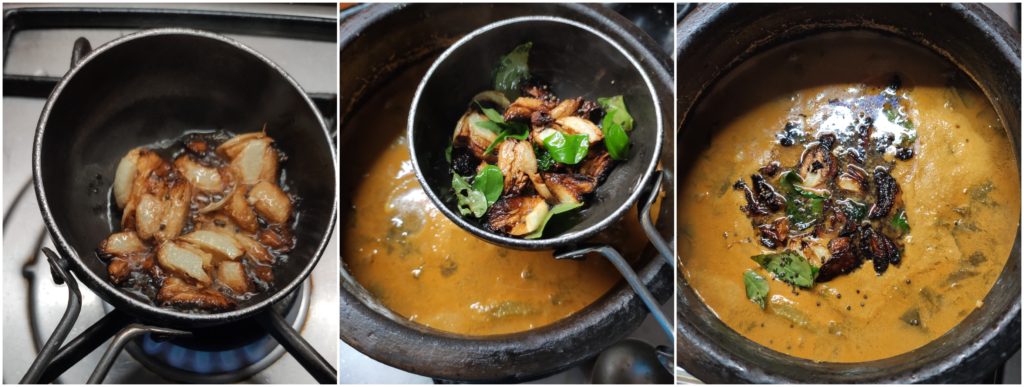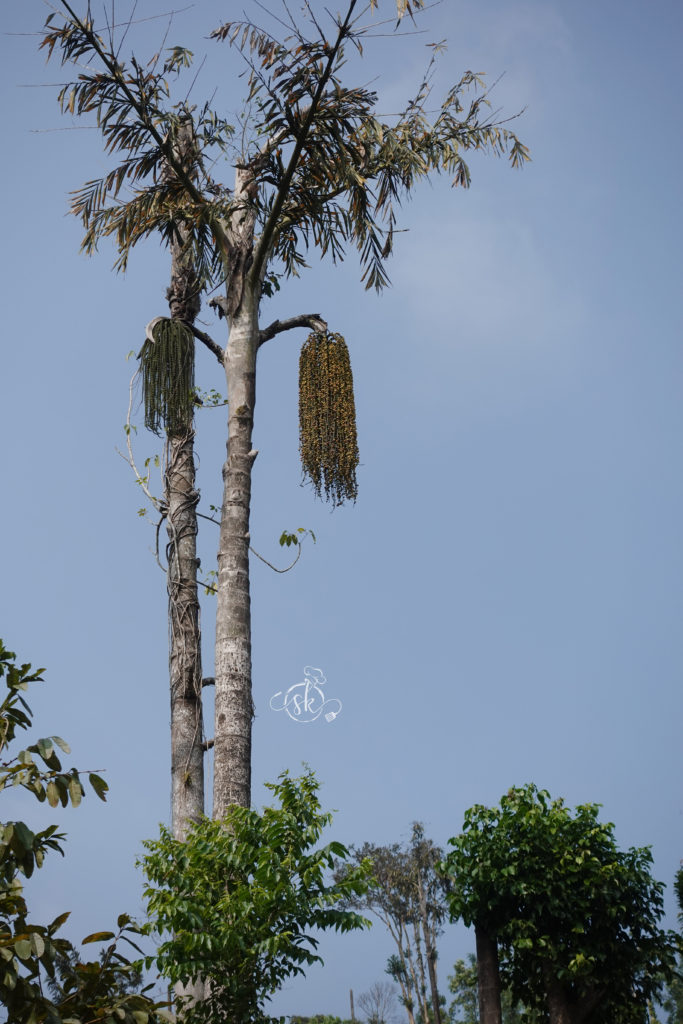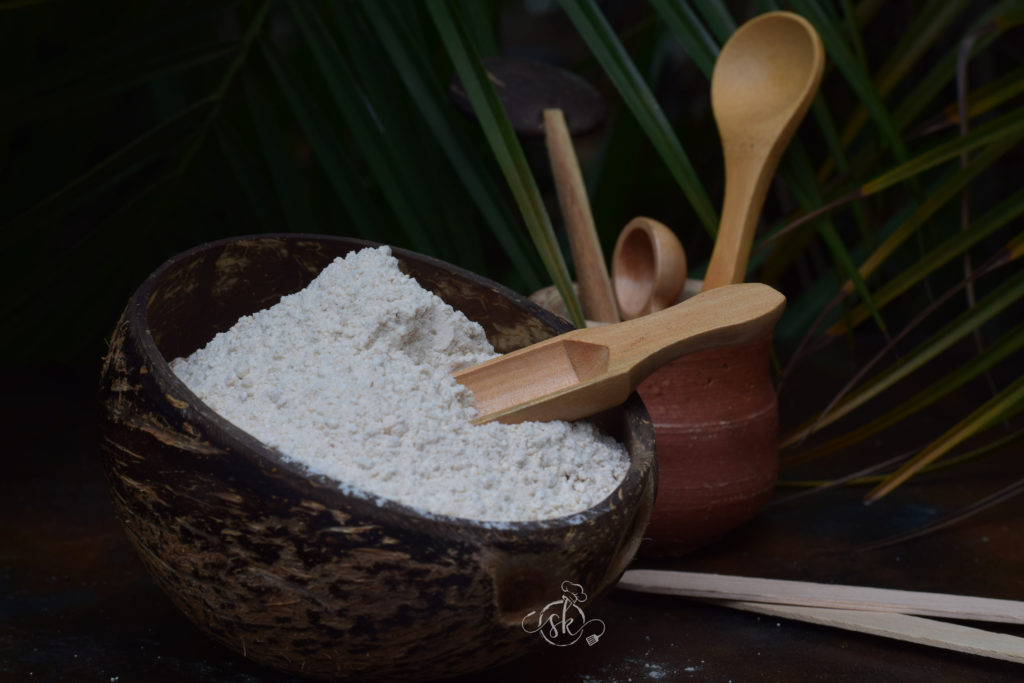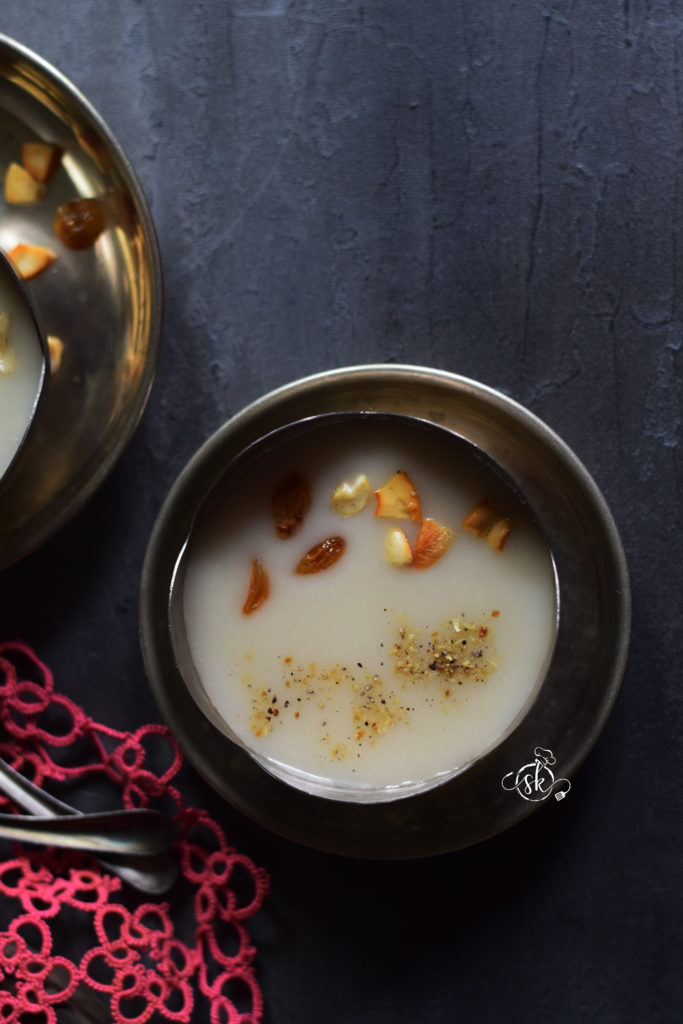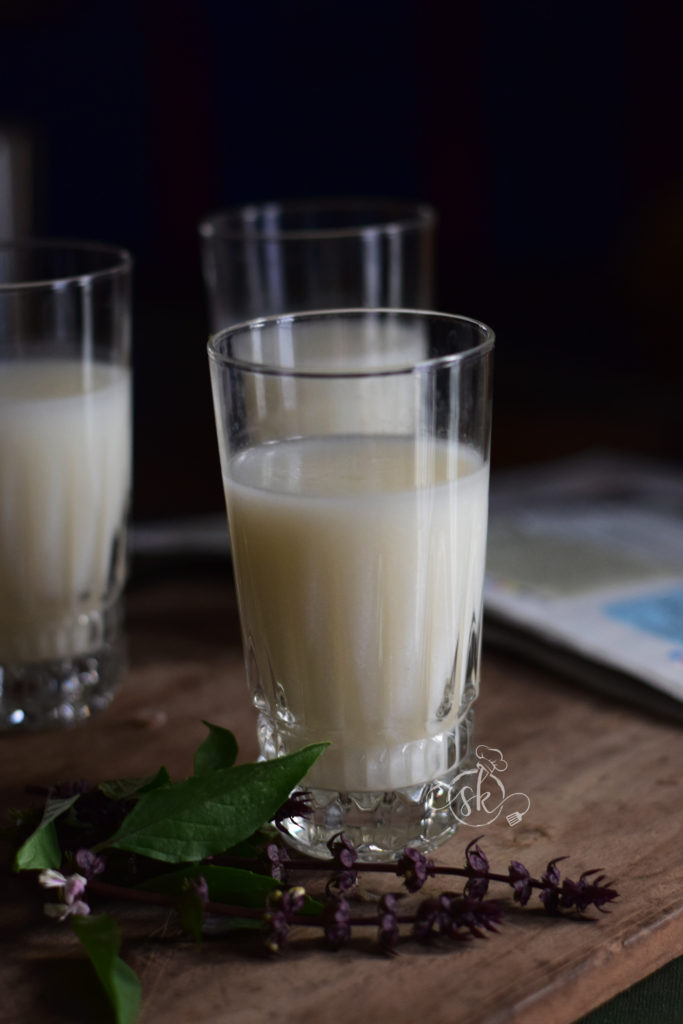Menthya baath/bath is a quick, healthy, flavourful south Indian dish, made with methi greens and mixed veggies or plain. It is a one-pot nutritious meal and ideal for lunch boxes.
Here, we use fresh methi/ fenugreek leaves and green peas. The rice’s raw and earthy flavour of methi greens makes it unique. Hence, it is an added advantage to avoid the difficulty of including greens in kids’ diets. Each family has its recipe, and I will share how we like it. Typically eaten with raitha or just with some curds. But it tastes great with any mild vegetable curry, like gobhi and broccoli, which I shared earlier.

Ingredients:
Rice – 2 cups (wash a couple of times, drain and keep aside)
Fresh Green peas – 1 small bowl (frozen would do)
Methi/fenugreek leaves – 1 small bowl ( cleaned, chopped)
Coriander leaves – ½ small bowl (washed, chopped)
Milk – 1 cup ( you can opt for any plant-based milk as well)
Onions – 2 ( medium) thinly sliced
Oil – 2 to 3 tablespoons (As required)
Whole masala: Cumin – 1 tsp, cinnamon – 1″, cloves, Marathi moggu, cardamoms and bay leaves ( 2 each)
To dry grind: Green chillies – 3 to 4, ginger – 1 inch, garlic – 6 to 8 cloves
Coriander powder – 1 ½ tsp
Salt ( as required)
Lemon – ½
Method:
-Take one cooker, heat oil, and put all the whole masalas such as cumin, two pieces each of cinnamon, cloves, Maratha moggu, cardamom, and bay leaves.
-Now, add sliced onion, and fry until it is transparent. Then, add green peas and continue to fry.

-Next, add dry and roughly ground ginger-garlic-green chilli paste. Fry until its raw smell vanishes.
-Next, add chopped methi greens, coriander greens, coriander powder, and salt and fry further.
-Add drained rice and fry for 2 to 3 minutes. Add 3 cups of water and 1 cup of milk and allow to boil.
-Lastly, add the lemon juice. When water starts boiling, close the cooker lid. Cook until the first whistle.
-When pressure releases, serve with any preferred raita, plain curd or veg curry.

